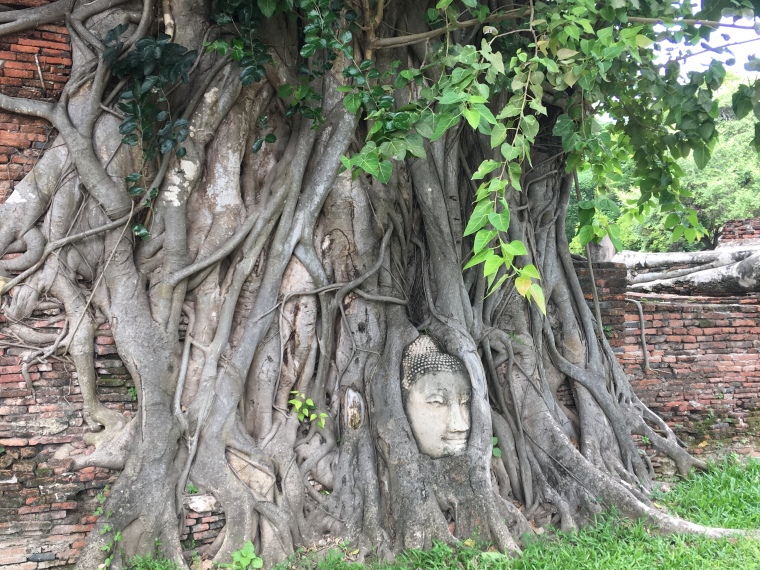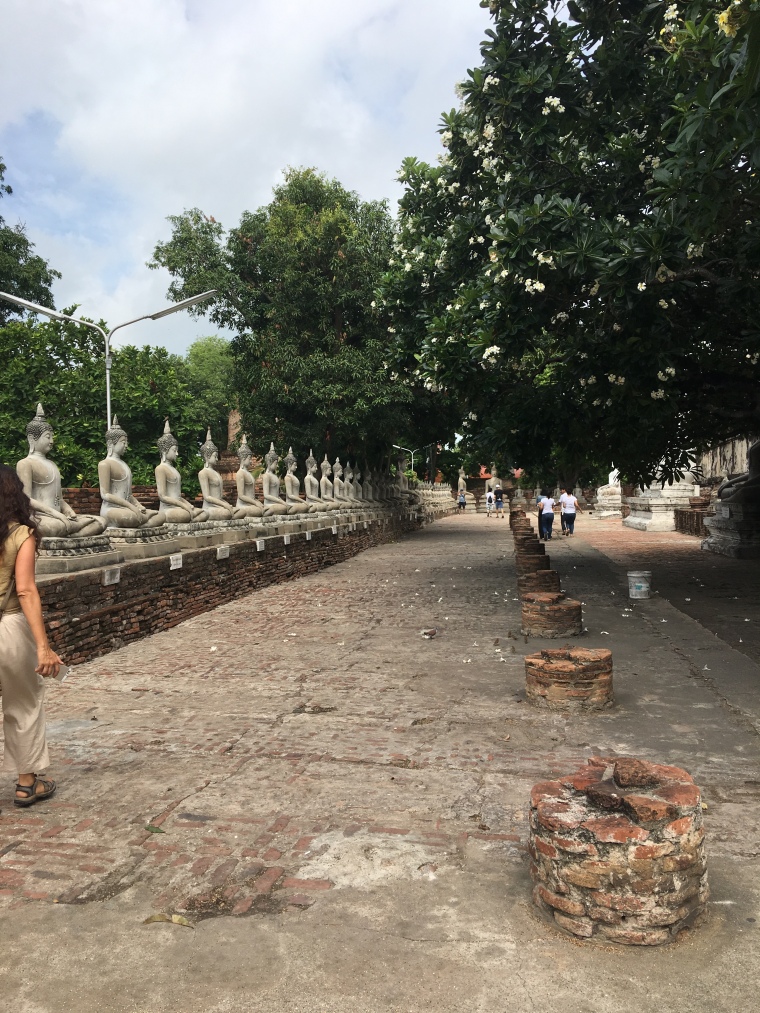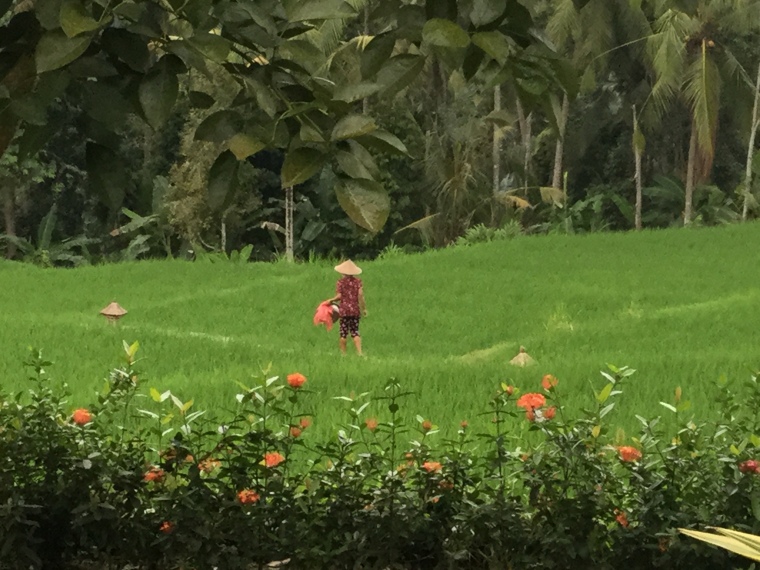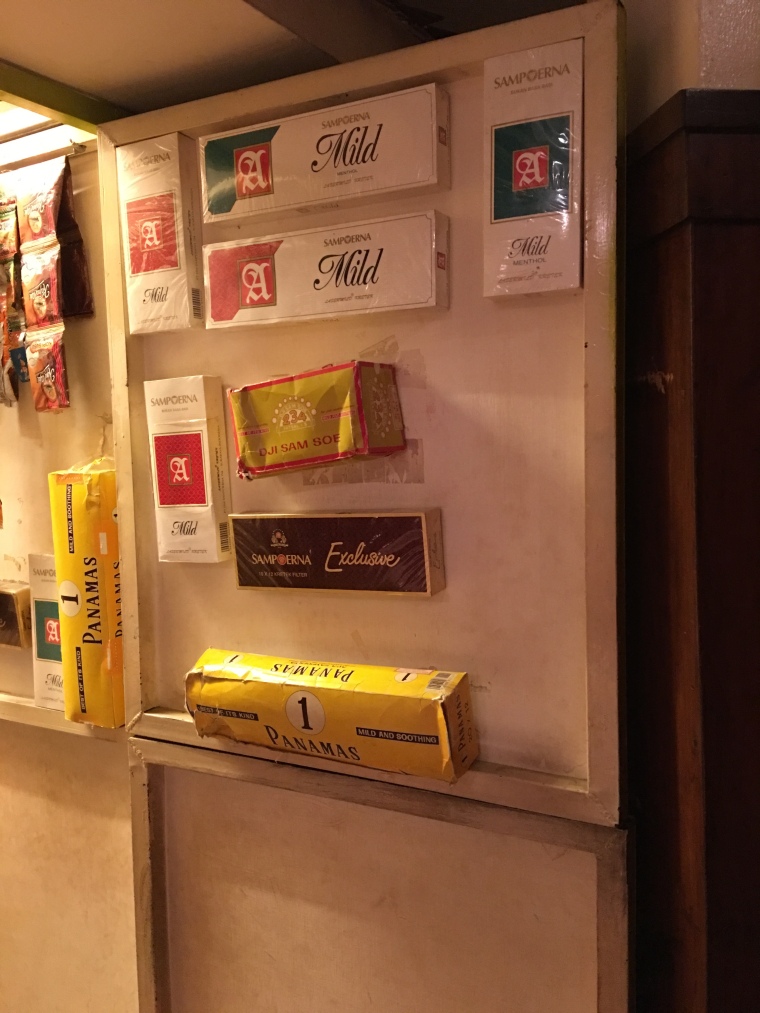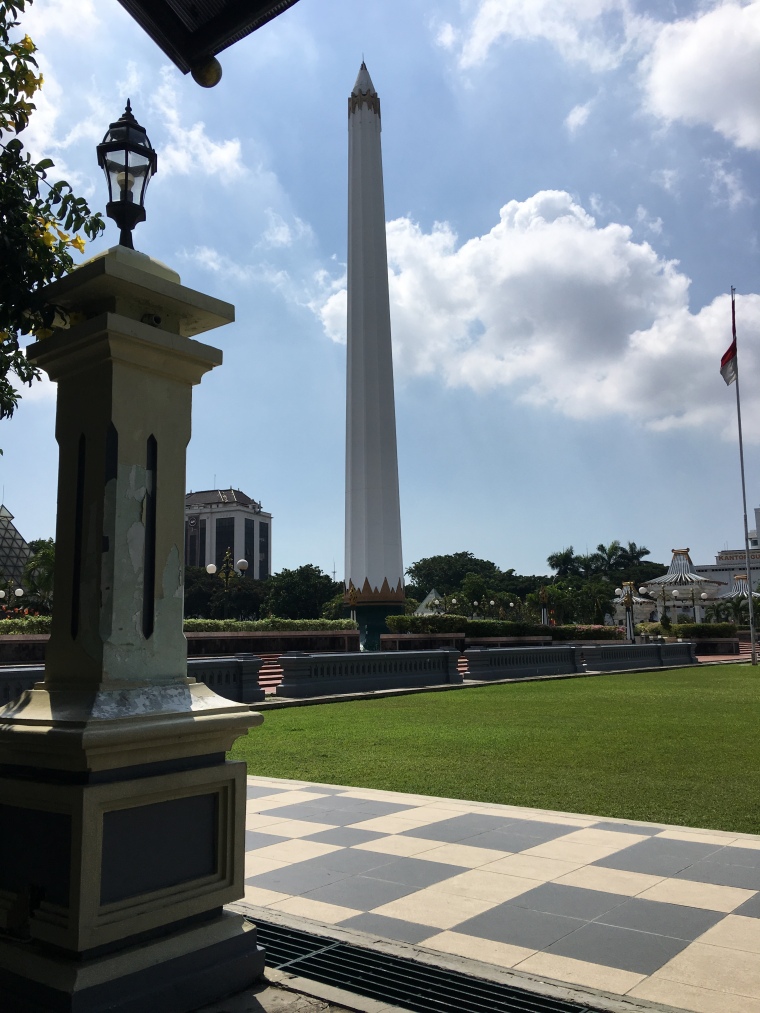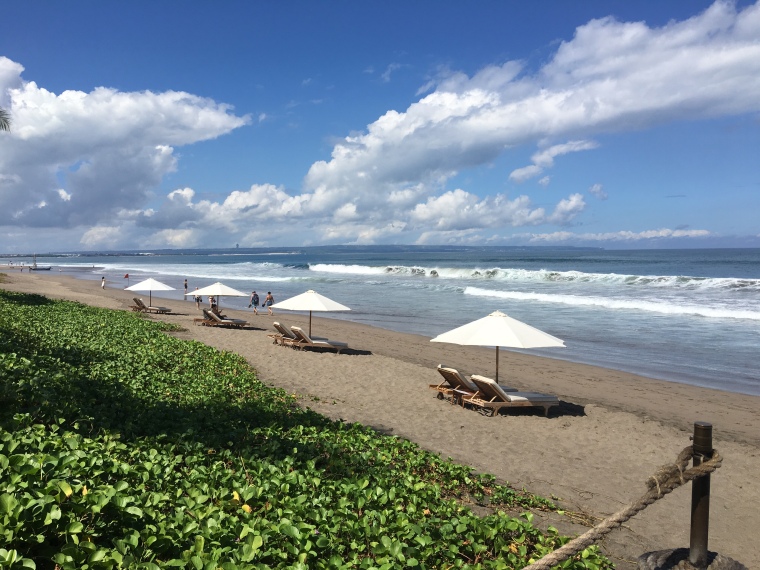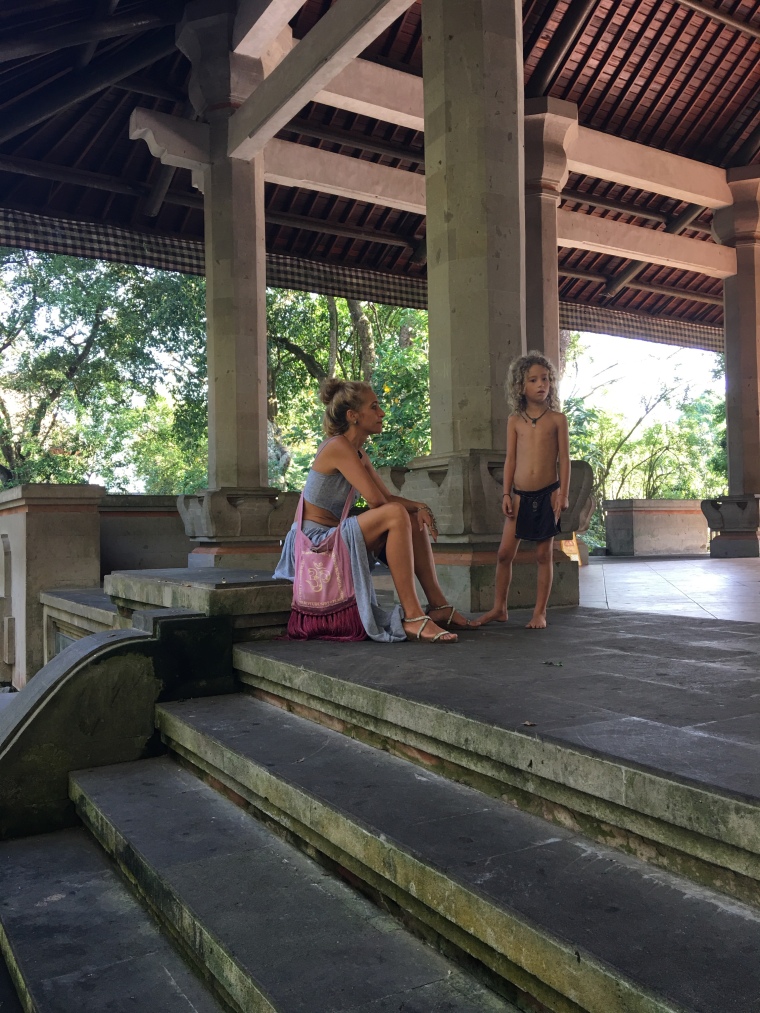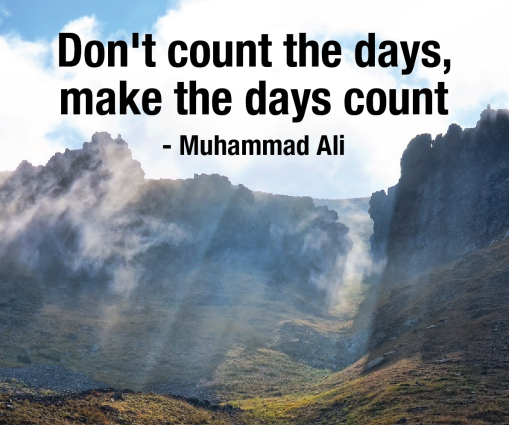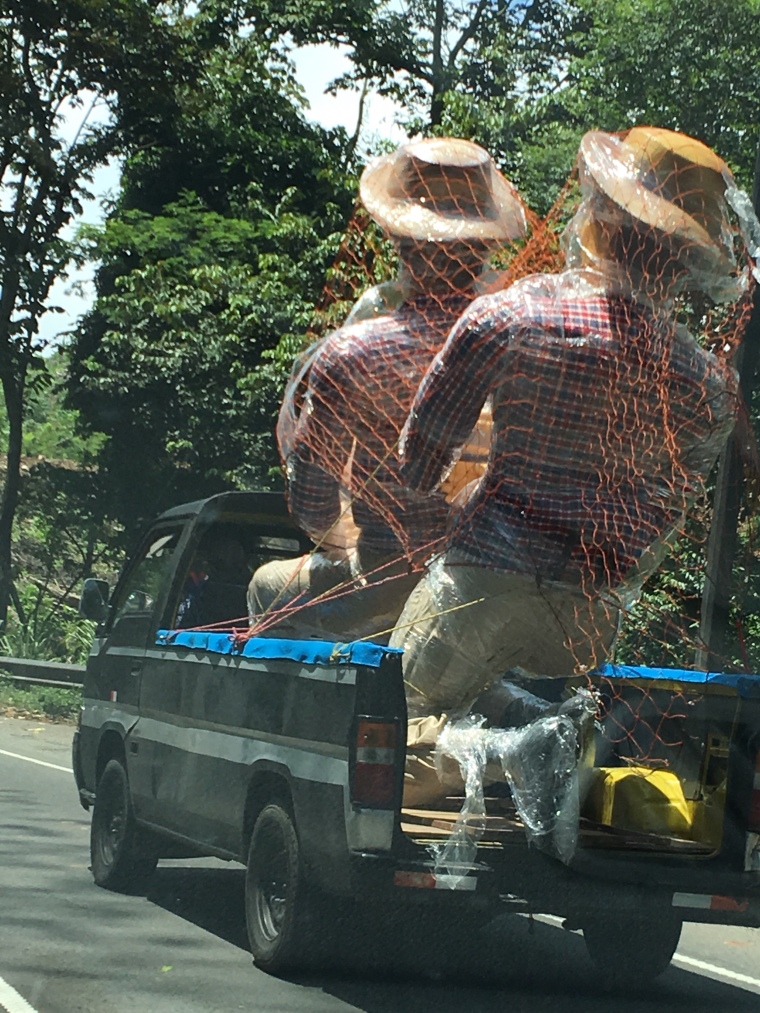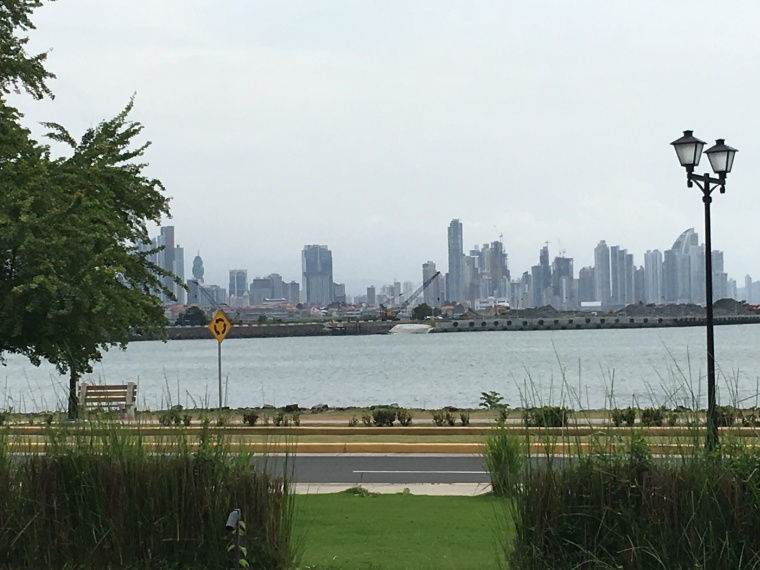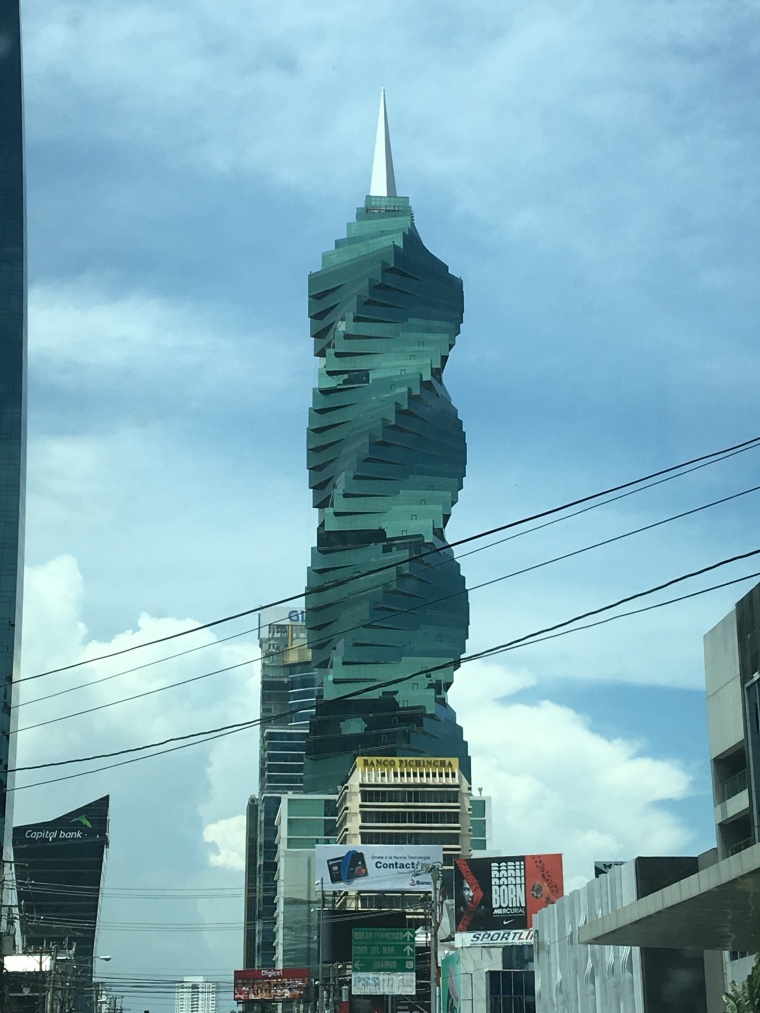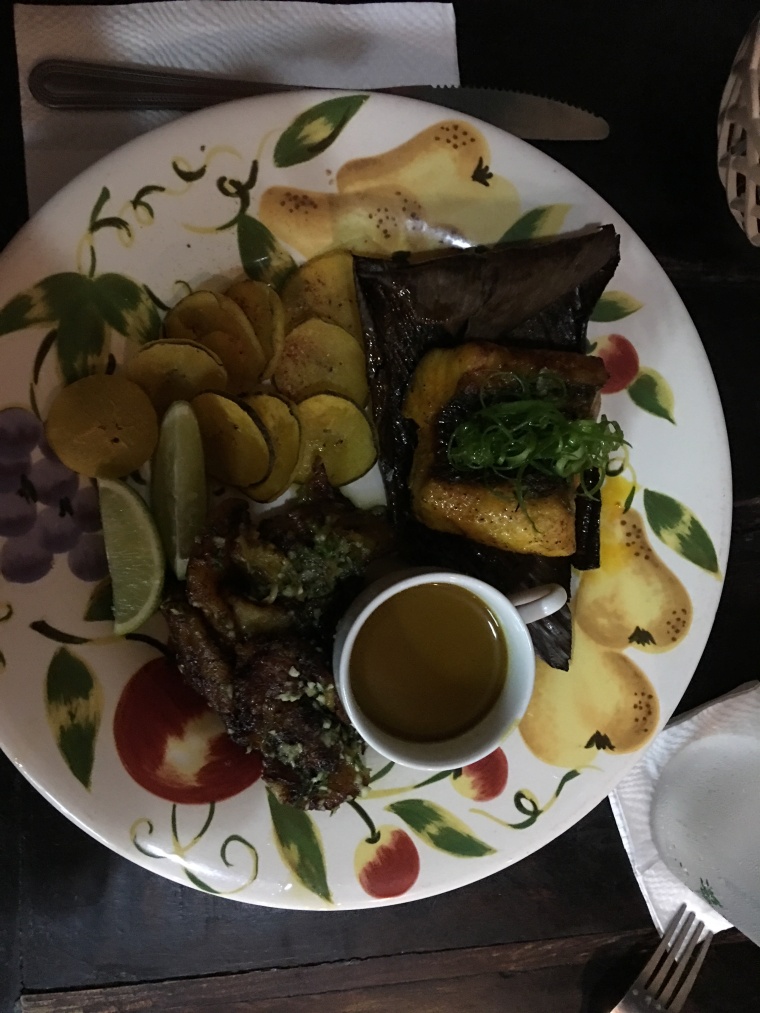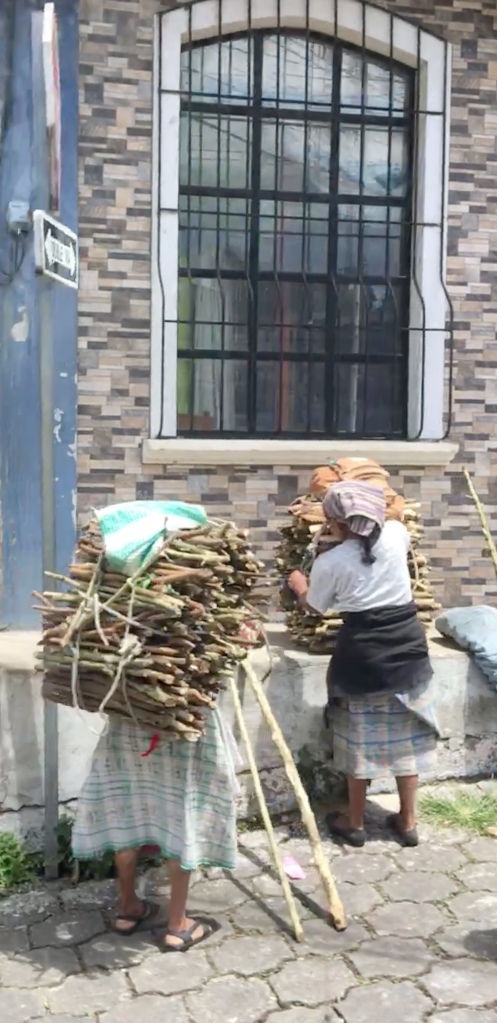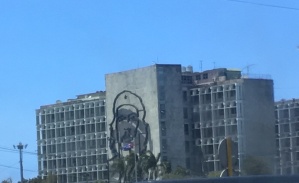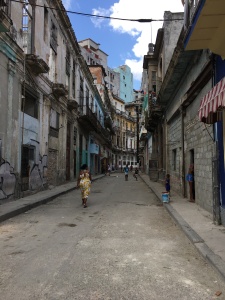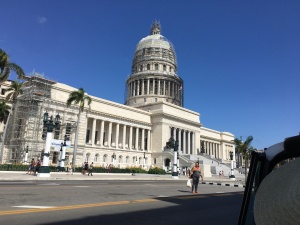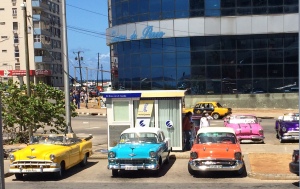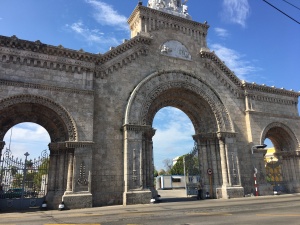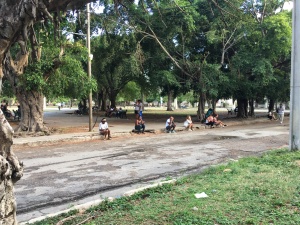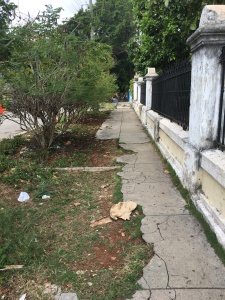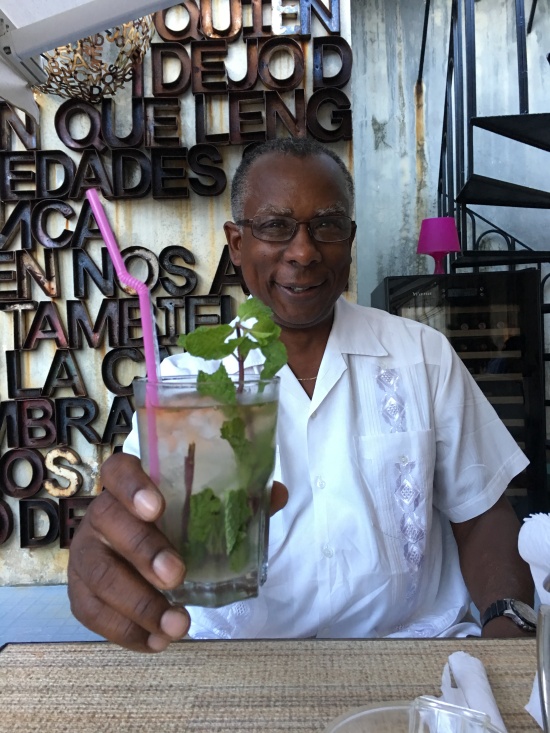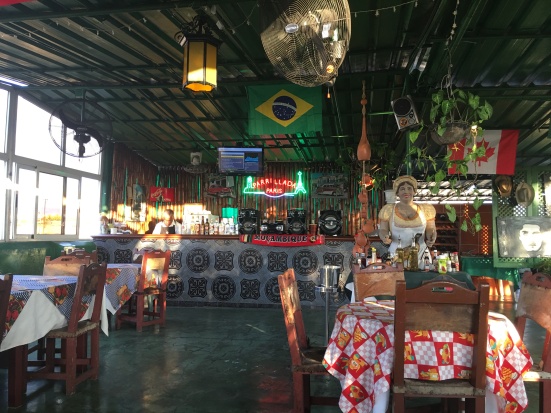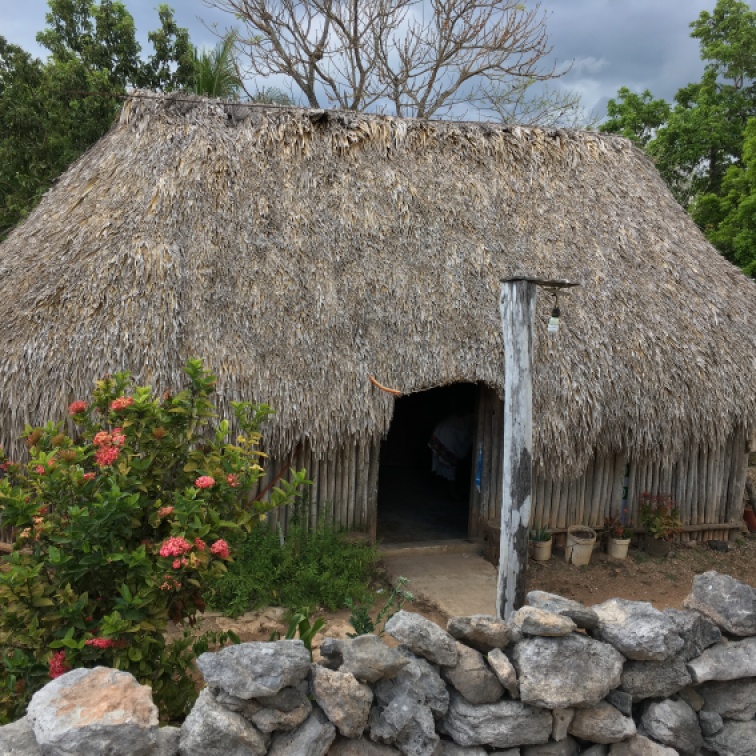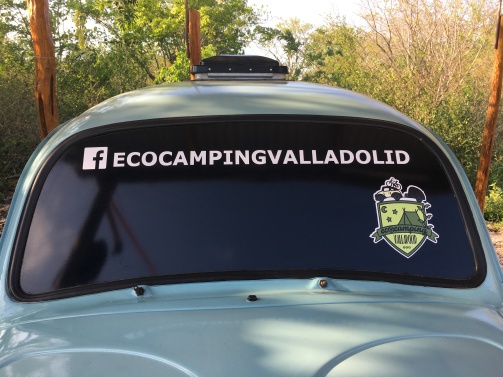
Some of our best blog posts come about because of the questions posed by friends and family. Often, these questions make us pause and discuss the things that we may be processing in a quiet way; at other times, the questions raise subjects that we have mulled over in our heads or in discussions between us and they give us a chance to be a little more transparent about things that arise during our travels.
The other day, a friend asked a question that invoked the problem we often debate about transparency. She asked: “Ok. What happens on the “challenging” days of your trip? Ups and downs, sickness, food too strange to eat, getting lost? I mean even Anthony Bourdain regaled us with some of the low points! Give it up!”
For those of you who have been following (some or all) our BootsandCoffee.com blog or FB posts since 2016, you will know that we have described some of the ups and downs along our travels. But in full transparency, we haven’t been as forthcoming about some of the trials as we have about the tribulations. Mainly, this is because we have had many debates and discussions between us about how to describe the challenges in a way that doesn’t portray the experiences, peoples or places in a negative light. Both of us are very easy going and cheerful, glass-half-full people by nature and we have a tendency to see life through that lens and so you see our experiences through that lens as well. Neither of us enjoy the divisiveness and negativity we see on Facebook groups, particularly the expat ones, that portray a place as undeveloped, corrupt, inefficient, or incompetent and so we try to stay away from anything that could have the potential for joining that scrum. But, we can see how our avoidance of some of these topics can paint a skewed view of our travels and things that have challenged us.
When we set out to blog about our travels, we did it primarily to pay it forward to folks, perhaps like us, who thought that they were too old, too inexperienced, too nervous or too whatever to do the kind of travels that we were setting out to do. So, in that vein, transparency is important and we will do our best to be as respectful of ourselves and our places as possible while discussing some of our travel challenges.

How do we deal with sickness?
Amazingly, over the combined 24 months of travel between the Pan Am and Asia trips, we have rarely been sick. Early into the Pan Am trip, Roque had the symptoms of a very bad cold that kept him in bed for days. By then, we were in Wolfie and had the luxury of a real bed (and not the cots in our original tent). In the end, the cold turned out, we think, to be a really bad case of seasonal allergies that we didn’t accurately diagnose because the heavy pollen came much earlier in the south than we were used to in DC. Once we figured this out, he started to take allergy meds and while the pollen counts through the southern states of the US were super high for a very prolonged time, he eventually got some relief as we left these areas.
We have both remarked on many occasions that we must have stomachs of steel. Generally, we try to be careful and avoid anything that seems risky, but we have often eaten at street stalls, roadside food stops, and more without many negative consequences. and mostly, we haven’t had any stomach problems. During our time in the Yucatán, Mexico, following our return from Cuba, Roque had intestinal issues that required us to call a doctor. We were lucky to be in Playa Del Carmen at that time, in a condo where we had friends and we were able to get a referral to a physician. The doctor made a house call, took samples from Roque and we learned he had a bacteriological and parasitic infection. Both were treated with easily obtained medication that was affordable. And because were were staying in the condo for 5 weeks, the time out of commission was, thankfully spent in a comfortable, air conditioned place.
Other than these instances, we have only an occasional day with any ailments. Once in a while, a headache or something minor will slow us down and we listen to our bodies and just stop for the moment, or the hour, or the day. One of the beauties of traveling with a very long time horizon is the ability to stop in place because we are not booked on an itinerary that keeps us moving.
It is possible that homesickness has been more of an issue than physical illness. On both trips, we experienced periods of missing people and places. During the Pan Am trip, the transition between worker to retirement to traveler was difficult as we tried to figure out who we were and having rid ourselves of nearly all of our earthly possessions, we didn’t even have our familiar surroundings to ground us.
Roque tells the story of when, in the days just before we left in late December 2016, the full import of being “homeless” struck him like a lightening bolt, shaking him to his core. Because he is ordinarily so unflappable and easy going, and untethered to “stuff,” Sharon thought he was joking until she realized that he was really having a bout of cold feet. Similarly, Sharon wept more than a few tears when she set about as a full time camper, grasping for some sort of purpose and meaning, in the months that followed retirement. We are lucky to have partners that always provide the yin to the other’s yang. It is just part of who we are – when one is weaker, the other turns even stronger. And we regain our balance.
It helps us that we have the ability to stay connected to our loved ones by electronic, nearly instantaneously, communications. We have friends and have met others who traveled in similar ways as we are but at times when there were no GPS devices, when internet was available only in expensive internet cafés (if at all), when there were no smart phones and inexpensive SIM cards at every turn and when hotels, airlines, tour operators, lodgings and more didn’t have online booking options. We are so lucky to have the electronic resources to remain connected to people and to make our travel arrangements on the fly. This has really grounded us and allowed us to overcome bouts of homesickness in so many ways.

Have we encountered food too strange to eat?
Absolutely. We have looked at some foods and declined. But, generally speaking, we have never been presented with no choices or choices that do not include something recognizable and to us, palatable. Everywhere we have traveled, we see rice, or potatoes, or chicken. There is usually a fruit or a package of crackers or a Coke that we can identify. Often as not, we have seen Starbucks, KFC, McDonald’s and Subways in many places where we have traveled. In fact, there have been moments when we eat fast food – not only because it is familiar and sometimes scratches the itch but also because we are endlessly fascinated by the local twists on the US branded fast food chains. (Spicy kaffir lime KFC chicken, anyone? Here, it is served on real plates with metal cutlery.)
Still, we have admittedly broad palates and we enjoy (relatively) spicy food. We eat fish, beef, chicken, goat, duck and lamb. We’ve eaten elk, and caribou, and bison, and water buffalo as well as rabbit, eel, alligator and likely others that we cannot remember. We’ve tried fried grasshoppers (Roque likes them; Sharon ticked that box and needs no more) but didn’t eat from the tables filled with various insects we saw in the markets of Thailand with water bugs, grasshoppers, crickets, ant larvae and more. We declined to add water buffalo bile to our Lao dishes during cooking class (which is sold by the bag in the markets) but we tried the Lao tripe. We sampled the Lao-Lao rice whiskey but didn’t bother trying the one with the snakes or scorpions submerged within (made mostly for the Chinese market, we were told).
If we approached our travel like Andrew Zimmern, we certainly could have made a few episodes of Bizarre Foods. Mostly, we stick to things we know and that we hope we will like.
More challenging is the fact that we have now eaten out for every meal within the past 3-4 months. There are a few ways that we are coping with this “problem.” One is that we will often sometimes eat just two meals a day. Another way is to eat lightly for one of our meals. We rarely, if ever, have 3 “sit down” meals a day. When we stay in hotels, we’ve opted, more often than not, to choose a “breakfast included” option. This allows us to 1) experiment with how the locals eat breakfast and 2) not to have to deal with finding a meal when we first arrive in a new city. For lunch and many dinners, we will eat at a market stand, or a street stall, a hawker or food court or counter of some sort, eating local food.
We always carry instant coffee and creamer because in Asia, all the rooms come with an electric teapot and many lodgings offer instant Nescafé in the rooms. We often visit grocery stores to wander through the aisles and we will buy soft drinks, water, snacks and other items as needed. If we cannot locate a grocery store, most convenience stores sell the basics.
How do we deal with getting lost?
Shortly after we met in 2009, we visited Puerto Rico for a destination wedding of a colleague of Roque’s. We had reservations at a Sheraton hotel that was located an hour or so south of San Juan in Caguas. A taxi transported us there upon arrival and the next morning, we decided to rent a car so we took a bus to San Juan to arrange for the rental. We opted to rent the GPS device offered even though we had two Blackberry devices (with Google maps) with us.
When we left San Juan for our hotel, we made turn after turn, relying on all three GPS devices/applications, and we just could not find the hotel. We stopped and asked for directions but we could not find the hotel. We were into the third hour of being lost when we stopped again for directions and a man said that he would show us the way and asked us to follow him. With more than a little trepidation, we did. Shortly later, we arrived at the Sheraton, intact and safe, and grateful for his help.
During the three hours that it took us to find the hotel, we never once had a cross word for each other. We worked and worked and worked together, never losing our cools, and never raising our voices in frustration or anger.
In the intervening 10 years, we have been lost again and have been in pretty dangerous situations at least a couple of times but we have never really lost our cools. While pulling the trailer on our Pan Am trip, we ended up on a single lane, unpaved mountain road, while looking for a camping space, that barely allowed Roque to turn the rig around after we realized we were at the proverbial end of the line. But he made it. Once, near Mt. Rainer National Park, Roque executed a U Turn over a bundle of bramble that caused a tire to flatten in the middle of nowhere that required us to purchase new tires. There was the time when because of contaminated gasoline, our truck was misfiring and we got stuck on a sharp incline in Guatemala, unable to move farther up the hill (but we were resumed by a Guatemalan who helped tow us uphill). Trying to save a $4 camping fee, we found ourselves stuck in sand in Baja California, south of the town of Todas Santos, needing to dig out both truck and trailer with the incoming tide threatening us. And on an unimproved mountain road in Costa Rica where we had no business being, we had a blow out of a tire on the camper that revealed a large “rip” in the steel undercarriage of the camper and a bent axle that ultimately caused us to shorten our time in Costa Rica so that we could just make it to Panama safely. (We had been told by friends that the road would be ok for us but we later learned that they transposed the route numbers, making the road the one that they meant to advise against!).
We’ve also dodged political unrest in Honduras, Nicaragua and Jakarta.
Some of these experiences have been quite scary and a few, more than a little traumatic. Usually, we do not outwardly freak out during these experiences even though we have later confessed to a great deal of inner turmoil. We have the kind of problem-solving temperaments that allow for adrenaline to flow to all the right places — meaning, in our case, our brains. When we are in real emergencies, like the situations mentioned above, we usually get very determined and logical, and if one is doing a little flipping out, the other usually steps up to the plate. It is a dance we have experienced and that we rely on as the safety net that catches us when we feel like we may be falling.
In other situations, where the situation is problematic but not urgent, we have a pattern that involves 1) the freak out, 2) the throwing of everything up against the wall to see what sticks, 3) the time of contemplation and distance from the problem, which always results in 4) some sort of natural resolution that suits both of us perfectly.
What works for us is the time we take between identifying the problem and the finding of the solution and brainstorming as a team. Usually, we work best when we allow things to percolate a little and when they do, the best solution emerges.
And at the end, we always have a great story to tell and a lesson that we have learned. And this is what builds further resilience.
So, what has challenged you?
We feel so blessed by our ability to travel freely, safely and without hassle through the countries we’ve transited since 2016. And we are grateful that we, even though not rich, can afford to travel. We have enjoyed some places more than others but have yet to visit a country to which we would refuse to return.
Grateful as we are, not everything has been perfect along our way. Here are a few of the challenges we’ve encountered during our prolonged travels:
~It is hot here (as it was in many places during our Pan Am trip) and we cannot remember a day here in Asia when an outing did not result in sweat-soaked clothing and the feeling like we are soggy to the bones. The heat and humidity can also suck every last joule of energy from us. We have learned that because of the temperature and our ages, we just move slower and accomplish less in a travel day here than we might like to admit. Slowing down and pacing ourselves is a constant work in progress.
~Finding a place to lay low when you are just too tired or hot to go out. Not all hotels and lodgings are equal. Many rooms are small or smallish and do not have comfortable chairs, places to lounge and few allow you to do it with minimal clothes on. While we were traveling on the Alaska Highway, we traveled with a couple from Florida who periodically said that they were going to have a “home day.” This was their phrase for a day without sightseeing; a day to catch up on stuff like writing postcards, doing maintenance things, doing laundry, paying bills and the like. Whether you are in a camper, a motor home, a hotel or an AirBnB, sometimes we just needs a “home day” to just catch up on the stuff of life or just to do nothing. Having a home day is always better with a comfy place to sit.
~Not having access to ice.
~Changing beds and pillows every several days can be a pain in the butt. Literally. We are pretty good sleepers yet some of the mattresses have been super firm/hard for us and while hotels often are able to provide extra pillows, AirBnBs rarely have spares.
~Sometimes, the places where we are have bad smalls. Sometimes, the smells come from those sitting next to us at a restaurant. Or those serving us in those restaurants. Sometimes, the smells come from us.
~It can be exhausting being in places where pedestrians do not have the right of way. Here, pedestrians NEVER have the right of way. Four eyes are never enough to feel that we have accounted for the vehicles that come from every direction and rarely honor traffic lights or marked cross walks. Because of the thousands and thousands of motorbikes, many sidewalks are packed with parked motorbikes, requiring us to walk in the streets, dodging and weaving parked and moving vehicles of all sorts as well as pedestrians. Motorbikes rule the roads and the sidewalks here, cutting in front of you and backing out into you. If it weren’t so comical at times, it could drive you crazy.
~Sidewalks that are uneven and too narrow to allow for the many purposes to which they are put – here, sidewalks are for parking vehicles, for making and serving food, for the displaying and selling everything and more. But not for walking.
~Tourists stopping and taking pictures right in front of you so that you have to remain at least a dozen steps behind people in order not to run smack into them. And can you please give us the name of the person who invented the selfie stick and the speaker function of the cell phone?
~Another challenge has been learning that tourists of all nations can be ugly. Ugly and poor behavior knows no geographical boundaries.
~Another “low” of sorts is realizing that there are not many true handmade handicrafts anymore . . . Nearly everything is made by machine and nearly everything is rather cheaply made. There are places where we’ve stopped to buy something local and found that same item elsewhere (even everywhere) along our travels. This doesn’t mean that some things aren’t still beautiful – they just cannot be counted on to be handmade.
So, yes, there have been some challenges. We have not made a corresponding list of the “highs” because they are the stuff of all of our photos and Facebook posts – the sights and places and people and food and experiences that we have celebrated and enjoyed. So, while there are things that have gotten under our skin, the longer we are here, the more we find ways to laugh about or work around them.
When we arrived in Asia at the end of April, we had a difficult time dealing with some of the differences, with pacing ourselves and slowing down. Now we are faced with the other dilemma – having enough time in places in which we would like to linger. And just about the time when we start getting the hang of it, it will be time to leave.
It seems to us that our learning curve during this trip is less steep than the last trip and so the lows are all worth it. They make us wiser and more patient and better able to manage the future challenges. This is the joy of travel. Because to us, travel is nothing if our learning is only about others and not about ourselves.

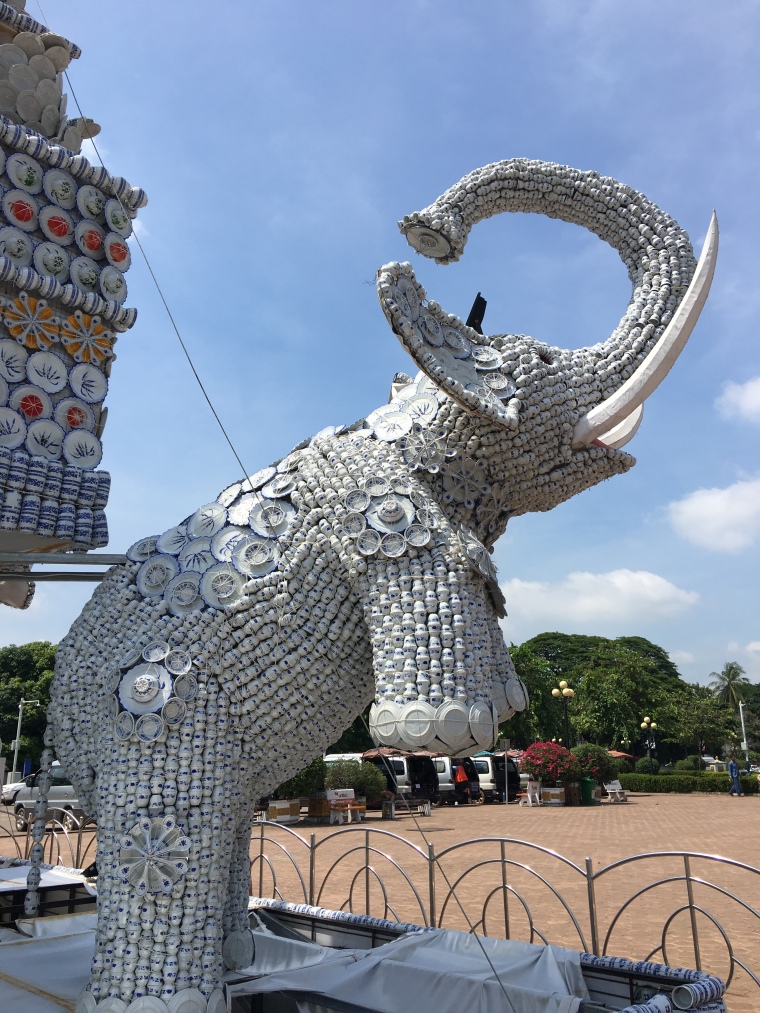

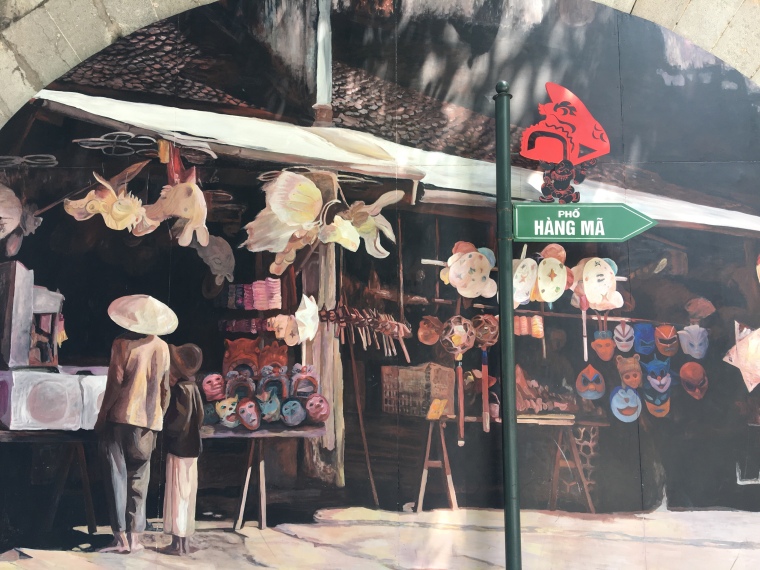
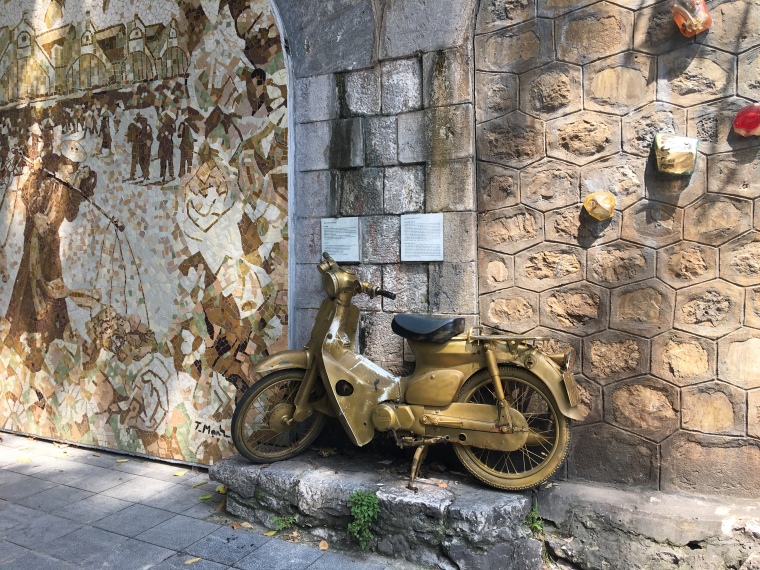

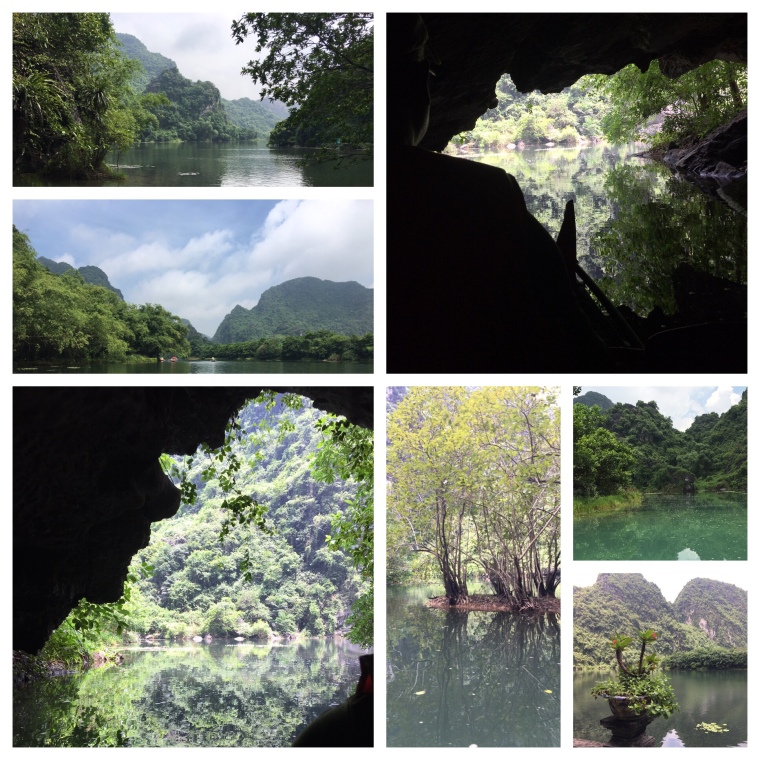


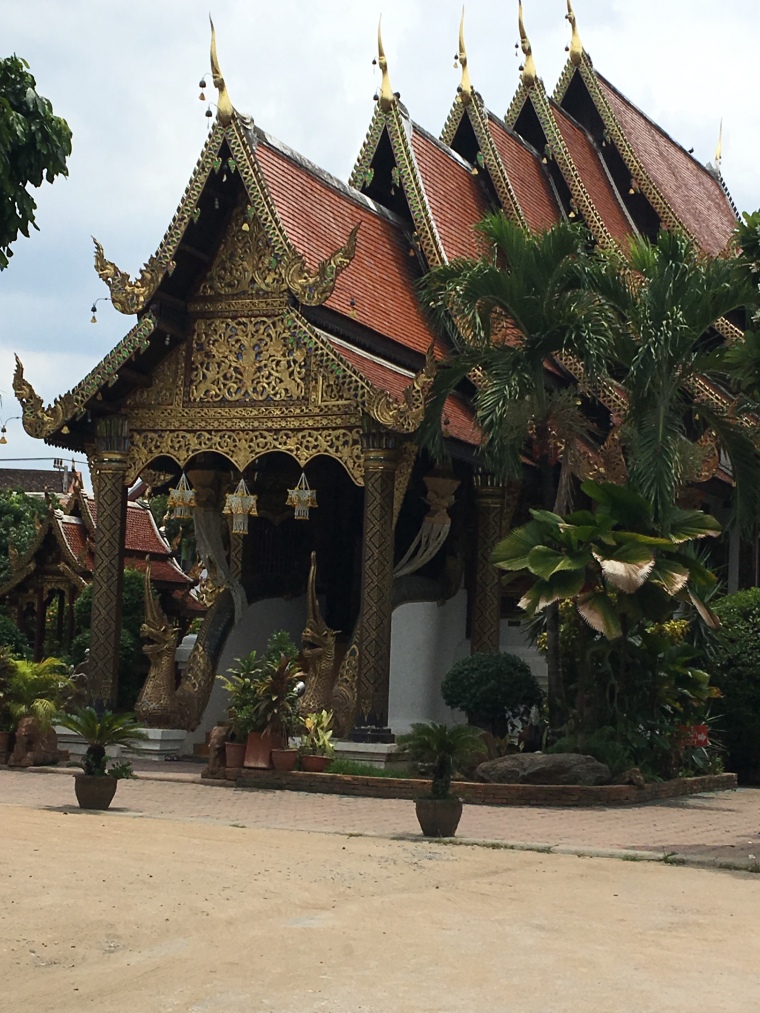
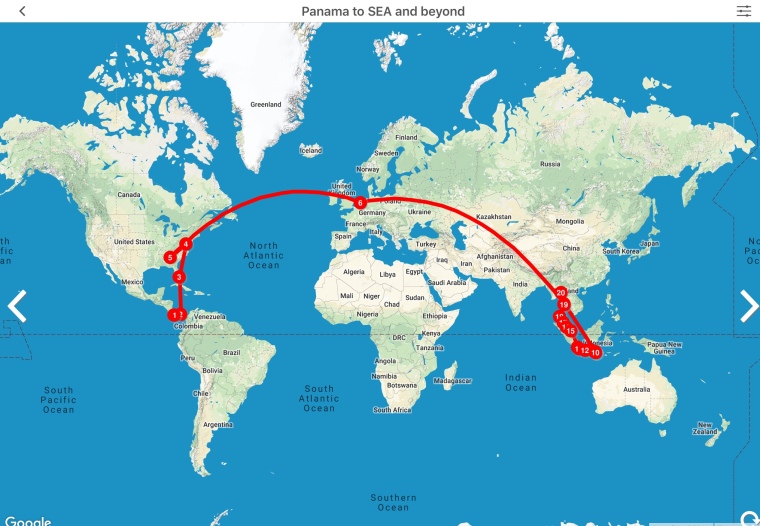



 Amazing lunch at Dash, owned by a Cordon Bleu trained chef. $16
Amazing lunch at Dash, owned by a Cordon Bleu trained chef. $16

